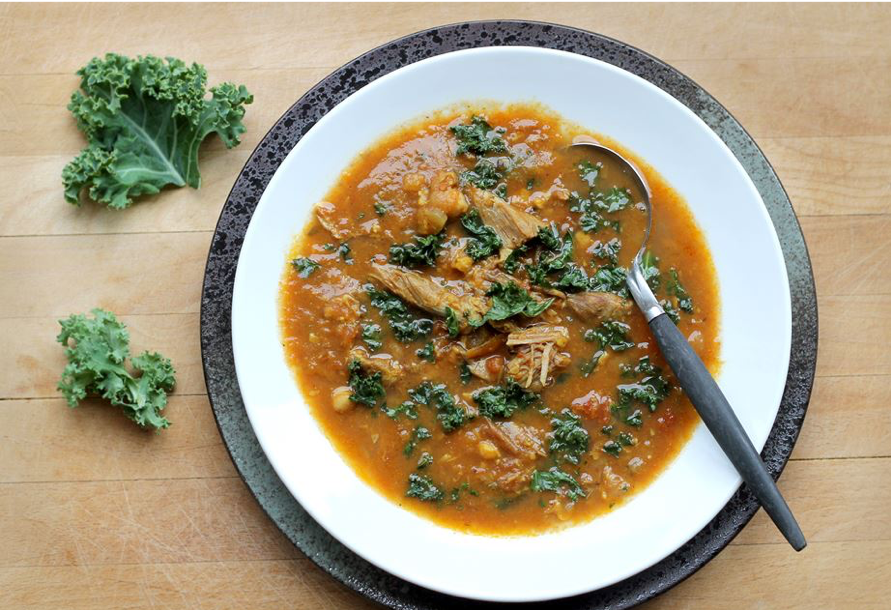Changing your food habits may seem like a challenge, but it doesn’t have to be! If you follow our top ten tricks to eating healthy, we promise you will notice results – without even breaking a sweat!
Tip 1: Go brown or wholegrain
White cereals and grains are often highly processed, with a high glycaemic index (GI) – meaning they behave like sugars. By choosing low GI wholegrain breads, brown basmati rice, and grains such as barley, quinoa, amaranth and teff, you increase your fibre intake and stay fuller for longer! Quinoa, amaranth and teff are also sources of protein, calcium and iron – making them great for vegans and vegetarians!
Tip 2: Use legumes
Legumes are the humblest of superfoods. They are a rich source of dietary fibre, protein and antioxidants, and consumption has been linked to reduction in colorectal cancer, diabetes and heart disease risk. Furthermore, studies have shown that replacing meat with vegetarian alternatives can add years to your life! If you can tolerate legumes, try a Meatless Monday burger, replacing mince patties with chickpea patties. Also, replace your regular potato chips with roasted chickpeas, which contain less than half the fat, and over double the protein and fibre.
Tip 3: Add vegetables to (almost) everything
There is no dish or snack a vegetable cannot feature in, in our opinion. Try adding more vegetables and less fruit to your next smoothie, and reduce the sugar content. Avoid the mid-afternoon snack attack by bulking up your wrap or sandwich with at least 3 varieties of vegetables to keep you fuller. Reduce the calorie content of your meal by cutting your portion of meat and starch, and adding a veggie side dish. Remember – the aim is 5 serves a day!
Tip 4: Eat from a smaller plate
Forget what grandma used to eat. It’s HOW MUCH grandma used to eat. Our standard dinner plate size has increased by nearly 37% since the 1960’s. Eating from smaller dishes can help you feel fuller even though you may be eating the same amount, or less. One study showed that participants switching from a 30cm diameter plate to the recommended 25cm diameter plate ate 22% less. What size are your plates at home?
Tip 5: Buy unsweetened varieties
Many low-fat foods contain large amounts of added sugars, particularly dairy. In fact, a typical flavoured yoghurt contains 2-3 tsp of added sugar per serve! If you like a little sweetness, buy the plain option, and create your own flavours. Frozen berries, when defrosted, swirl nicely into yoghurt, as do unsweetened apple puree and fresh passionfruit. Even adding 1tsp of honey will result in less sugar.
Tip 6: Opt for Omega-3
Omega 3 fatty acids have been linked with reducing cholesterol, improving eyesight, reducing joint inflammation, and even treating depression. Tapping into these benefits requires an intake of marine sourced Omega-3 at least 3 times a week, or daily intake of plant sourced Omega-3. Opting for tinned salmon or sardines instead of tuna, and choosing walnuts, linseeds and chia seeds over other nut and seed varieties, will help you reach these targets.
Tip 7: Look for calcium fortified
There are so many milk substitutes available today, including nut milks, soy milk, rice milk… not all of which are fortified with calcium. Calcium is the major mineral responsible for bone heath, and studies show that less than half of us are meeting our daily needs. It’s no wonder, then, that 1 in 2 women and 1 in 3 men develop osteoporosis later in life. The time to develop your peak bone mass is in adolescence and young adulthood. So if you are choosing a milk substitute, make sure its calcium fortified!
Tip 8: Choose reduced salt varieties
Did you know, most of our salt intake (about 75%) comes from consuming packaged and processed foods, rather than salt added during cooking or at the table? High salt intakes can harden arteries and contribute to high blood pressure, fluid retention and kidney damage. If you are using packaged foods regularly, which many of us do, look to see whether your favourite items come in a reduced salt variety. Common examples include soy sauce, stock powders and liquids, and tinned soups. Even vegemite has released a reduced salt option!
Tip 9: Trim your meats before cooking
When you cook chicken with the skin on and porterhouse steak untrimmed, the saturated fat melts into your meat flesh. I know you might say – that’s why it tastes better! – but it can also send your cholesterol soaring, even if you don’t eat the remaining fat layer. There are healthier ways to keep your meats tender, for example, marinating in olive oil and fresh or paste herbs, or cooking in a stock or tomato-based sauce.
Tip 10: Carry a water bottle
Water is the most underrated, yet arguably the most important ‘nutrient’ for protecting our health. It forms the basis of blood, which flows through all parts of our body, providing nutrients, oxygen and other life essentials. Unfortunately, our bodies are not very intuitive when it comes to hydration, and often, we mistake it for hunger. To avoid fatigue and unnecessary snacking, carry a water bottle with you, sip throughout the day, and aim to drink between 1.5-2L!



